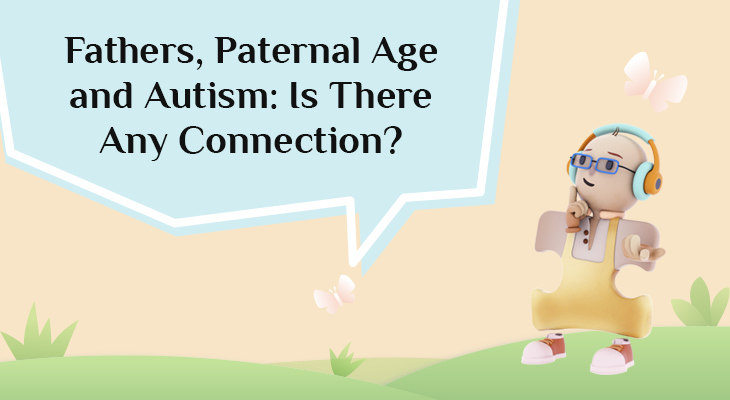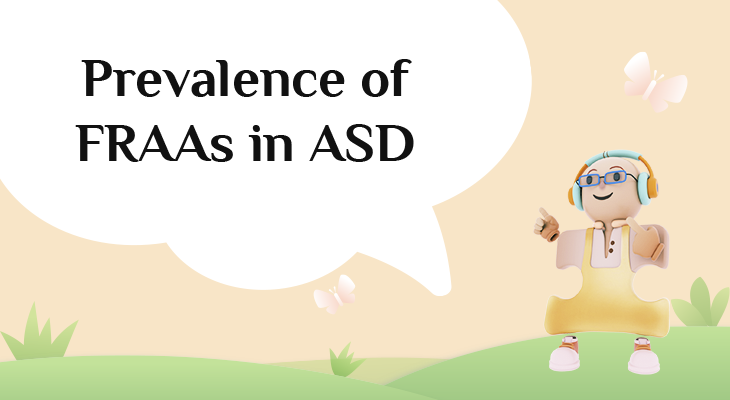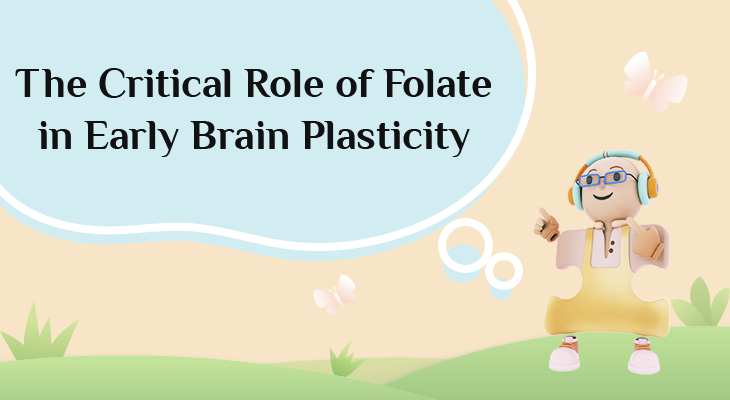
Introduction
Autism Spectrum Disorder (ASD) is a complex neurodevelopmental condition characterized by challenges in social interaction, communication, and restricted or repetitive behaviors. The etiology of ASD is multifactorial, involving genetic, epigenetic, and environmental influences. Among the various risk factors studied, advanced paternal age (APA) has emerged as a significant contributor to the likelihood of having a child with ASD. This blog will explore some of the biological mechanisms, epidemiological evidence, and potential confounding factors linking paternal age to ASD, trying to elucidate some of this association.
Epidemiological Evidence Linking Paternal Age and ASD
Numerous large-scale epidemiological studies have demonstrated a correlation between older paternal age and increased ASD risk in offspring. Some of these include an interesting 2006 study published in Archives of General Psychiatry, which found that children born to fathers aged 40 or older had a 5.75 times higher risk of ASD as compared to those born to fathers under 30 (1).
In another important meta-analysis study, published in 2014 in Molecular Psychiatry, (2) confirmed that paternal age over 50 was associated with a 66% increased risk of ASD compared to fathers aged 20–29.
Also in 2014, a very large Swedish cohort study (3) involving over 2.6 million children, reported that advancing paternal age contributed to ASD risk independently of maternal age. This was an important study as it considered and adjusted for maternal risk factors in its analysis.
Finally, a 2019 study in JAMA Psychiatry (4) found that each 10-year increase in paternal age was linked to a 21% higher risk of ASD.
While maternal age also influences ASD risk, particularly through de novo mutations in mitochondrial DNA and pregnancy-related factors, paternal age appears to have a stronger and more consistent association, likely due to sperm-specific mutational mechanisms.
Biological Mechanisms Underlying the Paternal Age-ASD Link
The increased ASD risk associated with older fathers is thought to be attributed to several biological processes. This would start with the accumulation of de novo mutations in sperm during spermatogenesis.
Unlike women, who are born with all their eggs, men continuously produce sperm throughout their lives. Spermatogonial stem cells divide every 16 days, leading to approximately 23 divisions per year. By age 40, a man’s sperm-producing cells have undergone over 600 divisions, increasing the likelihood of copy errors and mutations.
Increased age also leads to increased point mutations and CNVs (copy number variations). Older fathers tend to transmit more de novo single-nucleotide variants (SNVs) and copy number variations (CNVs) to offspring. Many ASD-linked genes such as CHD8, SCN2A, ADNP are highly susceptible to such mutations.
Aging sperm also exhibits DNA methylation changes and histone modifications, potentially disrupting neurodevelopmental pathways. Such epigenetic alterations may increase the risk of having a child with autism.
Another interesting finding is that older fathers tend to have shorter sperm telomeres, which may contribute to chromosomal instability and ASD-related gene disruptions.
Aging also increases oxidative stress in the testes, leading to sperm DNA fragmentation and declining sperm quality. This damage can affect genes critical for brain development. While not directly causal, reduced sperm motility and morphology in older men may correlate with higher mutational burdens.
Additionally, some ASD cases are linked to genomic imprinting (where only the paternal or maternal allele is expressed). Older paternal age may disrupt imprinting control regions such as UBE3A in Angelman syndrome, which shares ASD-like features. More research is necessary in this area, but the reasoning behind it seems logical.
Potential Confounding Factors
While the paternal age-ASD link is well-supported, several factors complicate the relationship and must be considered in tandem. Older fathers are more likely to partner with older mothers, who independently contribute to ASD risk via mitochondrial mutations and pregnancy complications.
There is also the proposed detection bias; higher paternal age correlates with higher education and socioeconomic status, which may influence ASD diagnosis rates. In other words, autism spectrum disorder detection is more likely to occur with older parents in this instance.
Conclusion
Advanced paternal age is a well-established, though modest, risk factor for ASD, primarily due to increased de novo mutations in sperm. While the absolute risk remains low, understanding this association helps in genetic counseling and informs research into ASD’s biological origins. Further investigation into epigenetic and environmental interactions will refine our comprehension of this complex relationship.
HAPPY FATHER’S DAY!
References (Key Studies)
- Reichenberg et al. (2006). Archives of General Psychiatry.
- Sandin et al. (2014). Molecular Psychiatry.
- Hultman et al. (2011). Nature.
- Janecka et al. (2019). JAMA Psychiatry.



